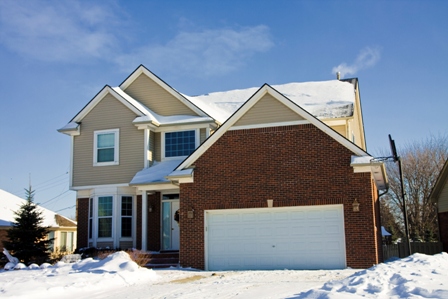INDOOR WINTER SAFETY
 Listed below are some common winter safety concerns along with information and tips on how to avoid them and keep your home warm, dry and safe all winter long.
Listed below are some common winter safety concerns along with information and tips on how to avoid them and keep your home warm, dry and safe all winter long.Winter Safety Checklist: For Your Home
WInter Safety Checklist: After A Storm
Carbon Monoxide – The Deadly Winter Hazard
Carbon Monoxide (CO) poisoning can happen at any time of the year, but the danger is greater during the winter when doors and windows stay closed and fireplaces, gas heaters, or other fuel burning appliances are in use. In addition, people can also be exposed to deadly CO levels when “warming up” their cars in garages or keeping them running when stuck in snow.
Mold
Several factors lead to increased concerns about mold during the winter months. Moisture conditions indoors can lead to the growth of molds and mildews. While forced air heating systems make indoor air drier overall during the winter months, certain areas of the home may experience intensified levels of humidity because of a lack of ventilation.
Fact Sheet: Preventing Mold in Your Home
Chemical and Environmental Exposure
As the winter months arrive, and people begin spending more time indoors, indoor air quality becomes a greater health concern – especially for children. Some of the more important health hazards associated with indoor air quality are the potential for extended exposure to lead, asbestos or other types of environmental hazards in a home – especially during renovation and remodeling activities.
Fact Sheet: Preventing Asbestos Exposure in the Home
Fact Sheet: Preventing Lead Poisoning In The Home
Radon
Video: Be aware of radon hazards in your home.
Fact Sheet: Protect Your Home from Radon
Leave a Reply
You must be logged in to post a comment.